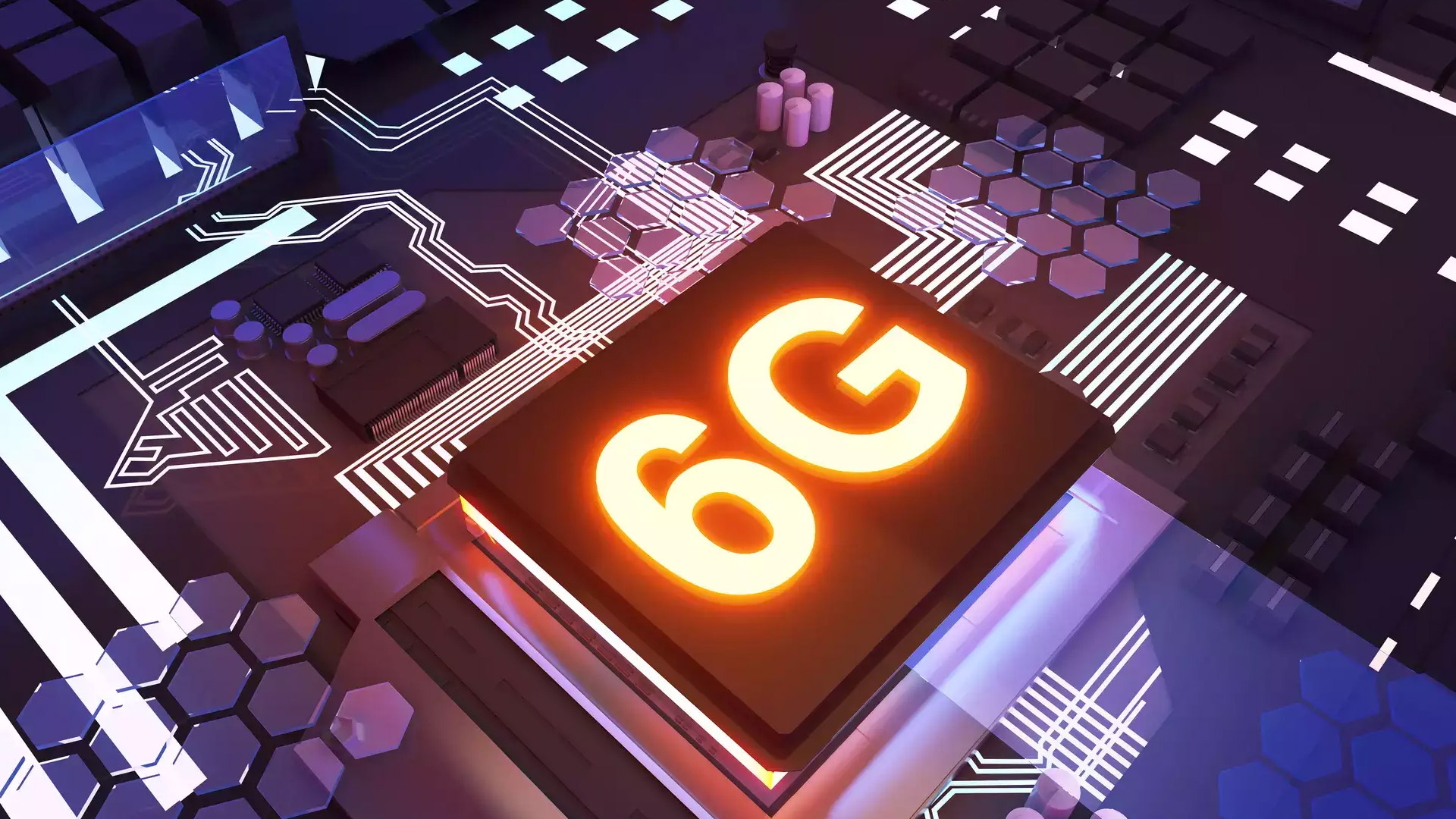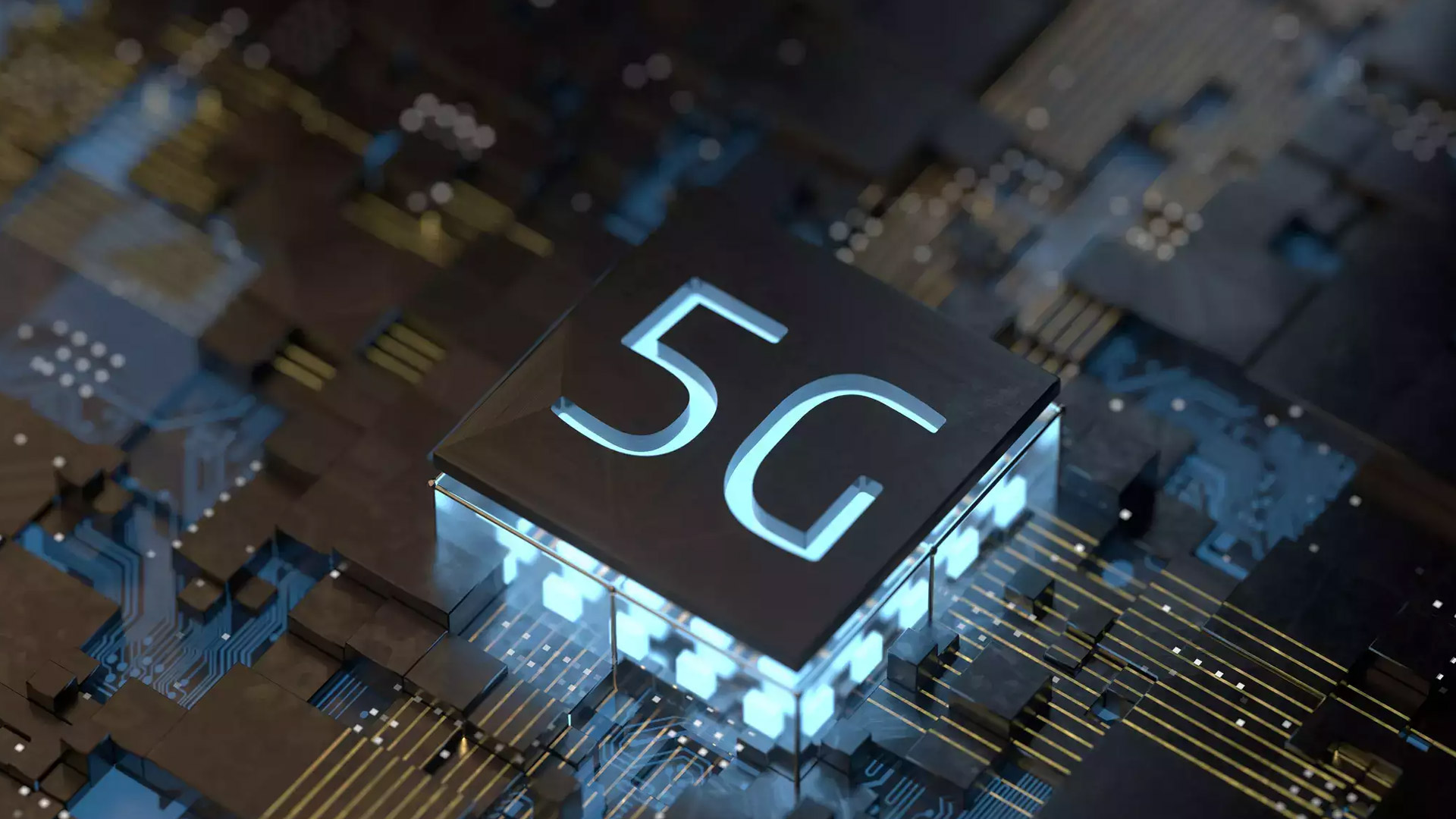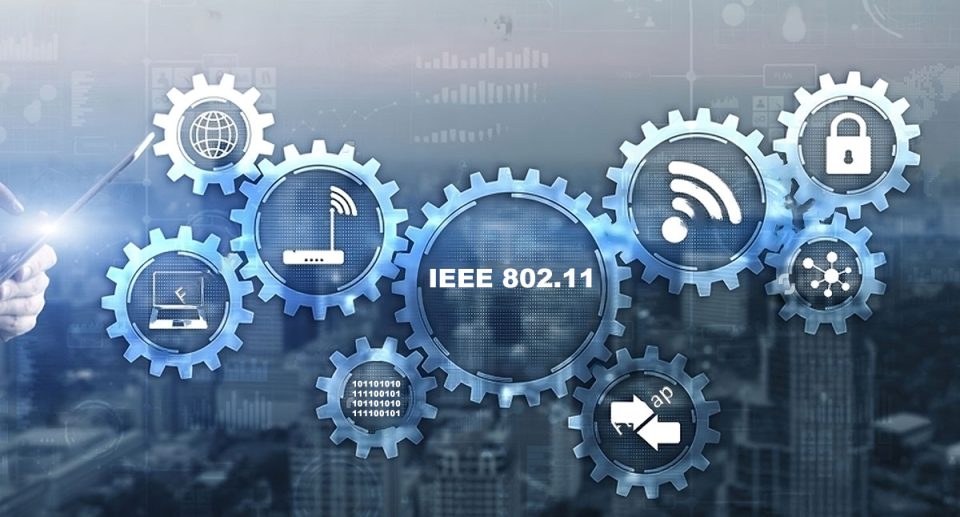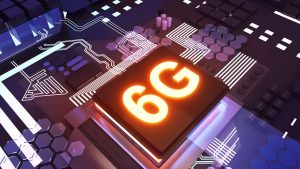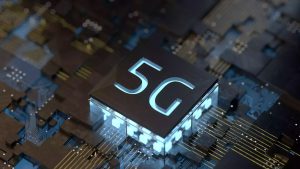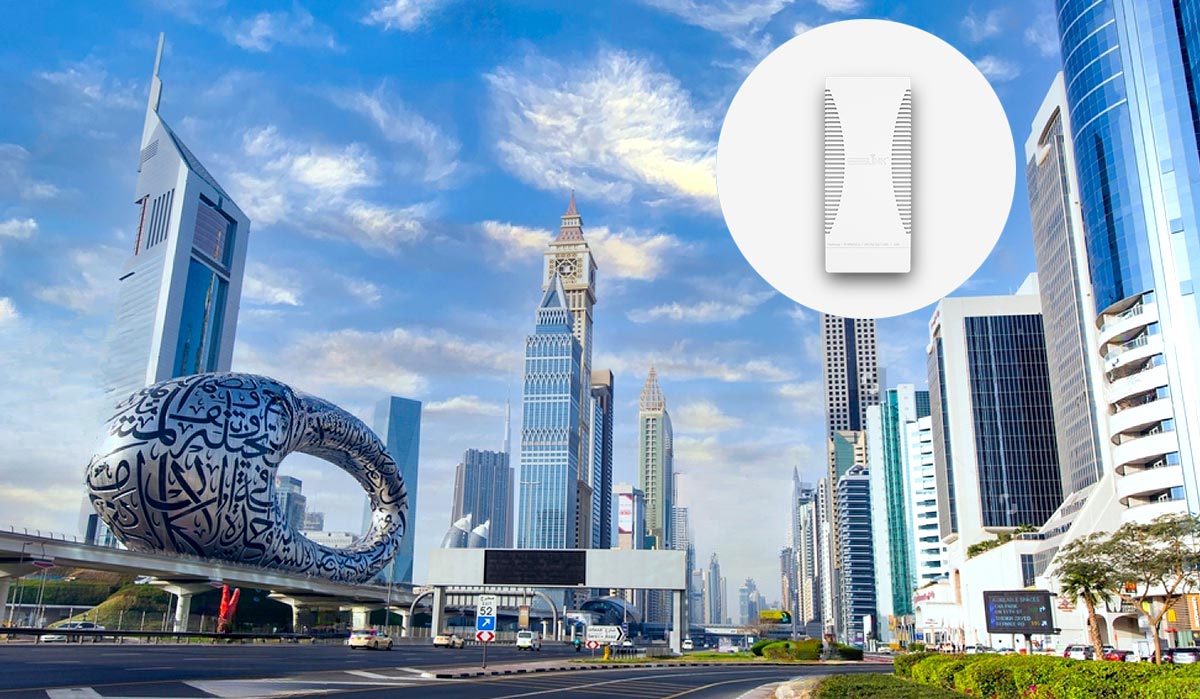Multilink technology and big spectrum gains will drive Wi-Fi 7
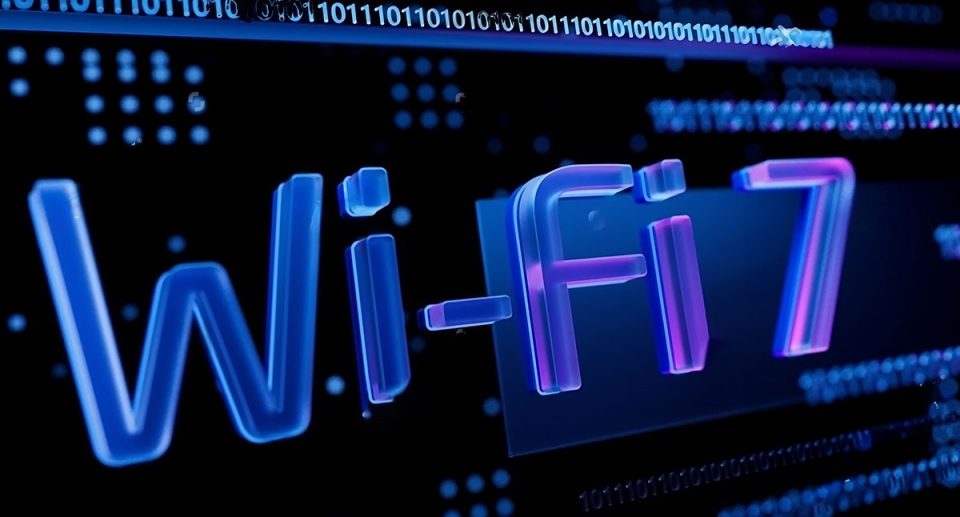
Advancing Beyond Wi-Fi 6: The Emergence of Wi-Fi 7
- Continual Evolution: As businesses embrace Wi-Fi 6, the technology landscape is already looking ahead to Wi-Fi 7 (802.11be), the next-generation Wi-Fi technology. This transition promises to deliver enhanced capabilities, outshining the current unlicensed wireless technology.
Powerful Advancements Driving Wi-Fi 7’s Potential
- Efficient Spectrum Utilization: Wi-Fi 7’s potential peak throughput of up to 40Gbit/s is a direct result of several advancements, including the efficient use of spectrum. The recent FCC decision to allocate a substantial portion of airwaves to Wi-Fi, combined with innovative technologies, sets the stage for this remarkable leap.
- Harnessing 6GHz Spectrum: Dorothy Stanley, chair of the IEEE SA 802.11 working group, highlights Wi-Fi 7’s focus on extremely high throughput. The newfound availability of the 6GHz spectrum (5.925 GHz to 7.125 GHz) enables the definition of a 320MHz-wide channel, a pivotal advancement. The 6GHz band becomes the key terrain for these innovations.
Unveiling Wi-Fi 7’s Key Features
- Peak Speeds and Frequencies: Wi-Fi 7 can achieve potential speeds of 40Gbit/s through 320MHz-wide channels in the 6GHz band. While operating on 2.4GHz and 5GHz frequencies, Wi-Fi 7 targets a general-use speed of 30Gbit/s.
- Revolutionary Multilink: Wi-Fi 7 introduces the revolutionary concept of multilink. Traditionally, Wi-Fi APs operated on single channels, but Wi-Fi 7 allows concurrent connection to two channels, unlocking enhanced advantages.
Enabling In-Demand Services with Wi-Fi 7
- Addressing Critical Use Cases: Qualcomm’s Andy Davidson underscores the significance of Wi-Fi 7 in catering to demanding use cases, including edge and cloud applications, VR/AR, and cloud gaming. Even Wi-Fi 6 falls short in gracefully handling these service requirements.
- Multilink: Bridging Latency and Congestion: Multilink, a game-changing technology within Wi-Fi 7, paves the way for dual-channel connections. Alternating multilink and simultaneous multilink modes enhance throughput and effectively tackle latency, delivering a seamless experience.
Localizing Wi-Fi 7’s Impact with EZELINK
- EZELINK’s Saudi Arabia Presence: In the thriving tech landscape of Saudi Arabia, EZELINK is at the forefront of embracing Wi-Fi 7. With a strong presence in Riyadh and Jeddah, EZELINK aligns with Wi-Fi 7’s revolutionary potential.
- Empowering Innovation: EZELINK’s role extends beyond connectivity, empowering smart cities in Riyadh and Jeddah to harness Wi-Fi 7’s transformative capabilities.
Navigating Wi-Fi 7’s Timeline and Adoption
- Projections and Realities: While the completion date for Wi-Fi 7’s standard is aimed for mid-2024, industry experts project that pre-standard Wi-Fi 7 gear could be available within a year. Close collaboration between major vendors and the IEEE SA will determine the timing of these advancements.
- Continued Enterprise Agility: Reflecting the trend observed with Wi-Fi 6, organizational users exhibit increasing readiness to embrace new Wi-Fi technology upon rollout. This proactive approach could potentially expedite the availability of Wi-Fi 7-enabled solutions.
The Path Ahead: Wi-Fi 7’s Transformational Journey
- Elevating Connectivity: Wi-Fi 7 heralds a transformative era in wireless communication. As Riyadh and Jeddah embrace the wave of Wi-Fi 7, Saudi Arabia’s digital landscape witnesses enhanced connectivity, pushing boundaries and fostering innovation. EZELINK’s partnership with Wi-Fi 7 exemplifies the nation’s pursuit of cutting-edge technology.


